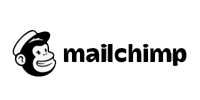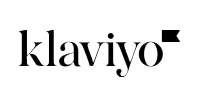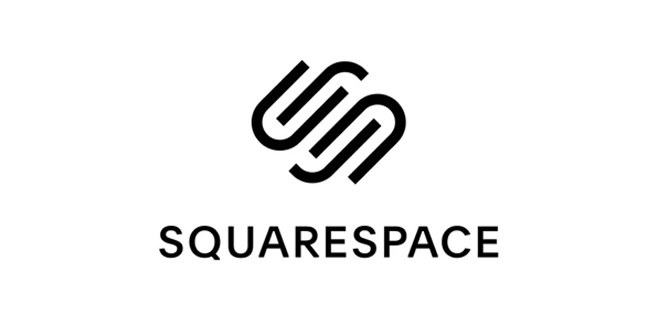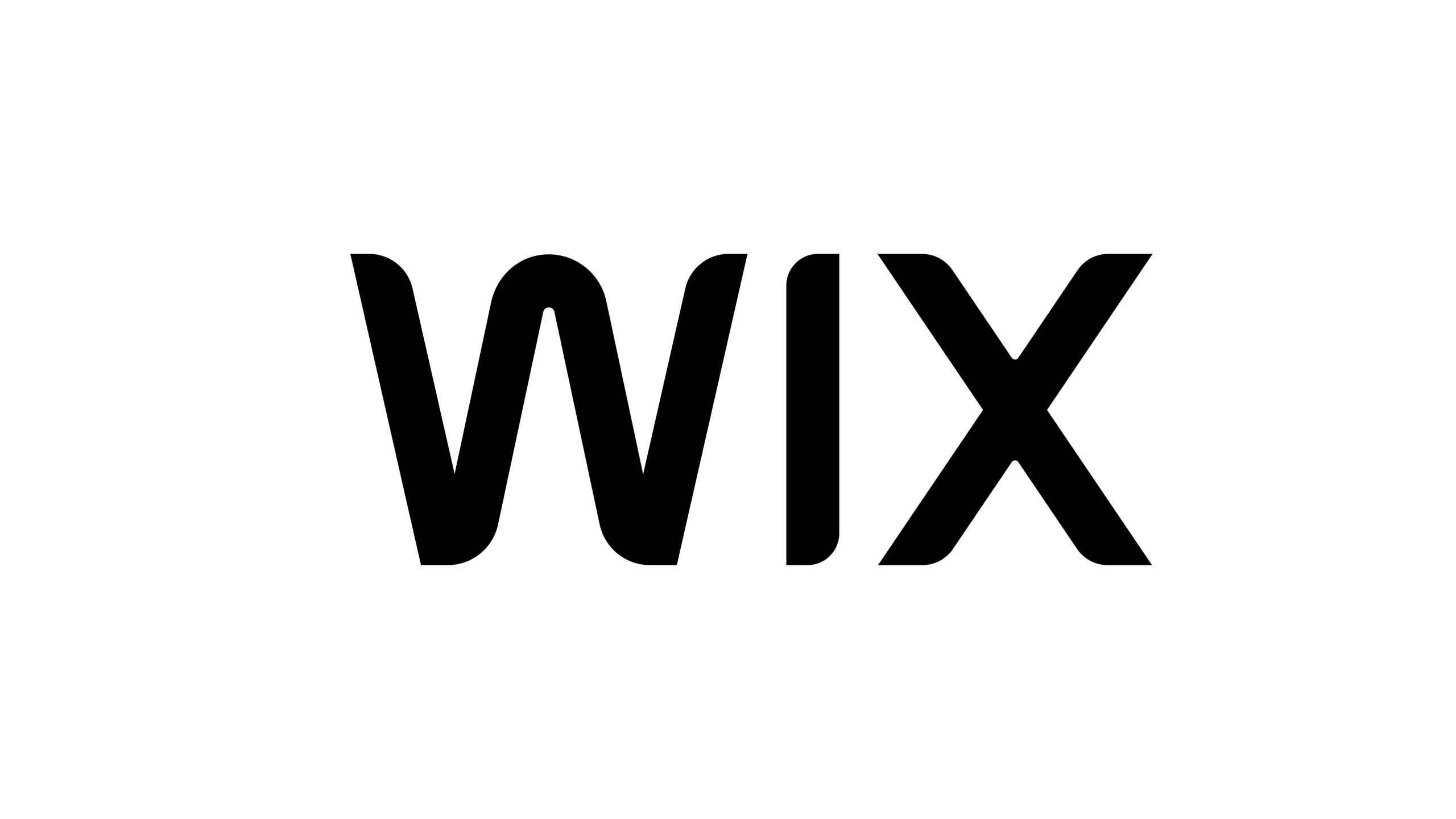Conversion optimisation services
We help small businesses achieve sustainable growth through tailored CRO strategies.








Conversion rate optimisation (CRO) can make a huge difference for small businesses looking to maximise their online sales without having to drive more traffic. Often, small tweaks to your website, like optimising product pages, improving call-to-action buttons, or simplifying the checkout process, can lead to significant improvements in conversions. Our CRO services are designed to identify and implement these impactful changes, ensuring your site is as effective as possible in turning visitors into customers. We offer flexible support tailored to your needs, whether it’s ongoing optimisation or quick adjustments, so you can focus on growing your business while we fine-tune your site for maximum results.
Conversion optimisation FAQs
Why is CRO important for my website?
Conversion Rate Optimisation (CRO) is a powerful way to maximise the value of the traffic you’re already driving to your website. By refining your site’s layout, calls to action, and user experience, CRO turns more visitors into paying customers, allowing you to boost revenue without needing to increase traffic. For small businesses, this is particularly impactful, as it stretches your marketing budget further and makes the most of every visitor who lands on your site.
Beyond increasing conversions, CRO also improves overall user satisfaction, which can positively impact your SEO rankings and drive more organic traffic over time. If your customers have a good experience whilst using your website, they are also more likely to return as well as recommend your business. Our CRO services are data-driven and customised to your business; we will identify what works best for your audience and help you create a seamless, enjoyable user journey that sets you apart from the competition.
What specific CRO services do you offer?
Our CRO services are designed to address each stage of the user journey, from initial engagement through to conversion. We have optimise both emails, and websites through our CRO services.
Our services include website and funnel analysis, A/B testing, heatmaps and user engagement recordings, user experience (UX) and optimisation design, content optimisation and reporting. We can help by either consulting, leaving you to implement the changes with your existing developer, or we can implement the optimisations for you.
We recommend getting in contact with us, so we can discuss your requirements and will pitch a proposal to you, tailored to what we believe you to need.
How long will it take to see CRO results?
The timeline for seeing results from Conversion Rate Optimisation (CRO) can vary based on several factors, including the complexity of changes made, the amount of traffic your site receives, and the specific goals that were set. There may be some initial quick wins which will have an immediate impact if there were issues that were found through the audits. For most businesses, we start to see initial indicators within the first few weeks.
For more substantial, sustained improvements, it often takes 2-3 months as we gather enough data to make informed adjustments and refine the strategy. CRO is an iterative process, so we’ll continue testing, optimising, and enhancing your site to ensure long-term results that make a meaningful impact on your bottom line.
How do you determine what needs to be optimised?
To determine what needs to be optimised, we take a data-driven, well-rounded approach to analysing your website and user experience. We begin by reviewing your site’s analytics to identify any immediate roadblocks that might be impacting conversions, such as high bounce rates on key pages, low average time on page, or significant drop-off points in the conversion funnel. This initial analysis gives us a foundational understanding of where users may be losing interest or encountering difficulties.
We then use marketing tools such as heatmaps and session recordings to observe user behaviour in real time. Heatmaps show us exactly where users are clicking, how far they scroll, and which areas of your pages receive the most attention, allowing us to pinpoint elements that might be overlooked or underperforming. Session recordings give additional insights into the paths users take on your site, highlighting where they may struggle or abandon the process. We may also conduct A/B testing to directly compare the performance of different elements, like call-to-action buttons, headlines, or page layouts.
How do you measure CRO success, and what KPIs will you track?
Measuring CRO success is all about tracking key performance indicators (KPIs) that directly reflect how effectively your website converts visitors into customers. We begin by setting clear, measurable goals based on your business objectives – whether that’s increasing sales, generating more leads, or encouraging other valuable actions like sign-ups or downloads.
Some core KPIs we monitor include:
Conversion Rate: This is the primary KPI, reflecting the percentage of visitors who complete the desired action on your site, such as making a purchase or submitting a form. A higher conversion rate is often the ultimate goal of CRO efforts.
Bounce rate: By tracking these BR, we can see if visitors are leaving your site after viewing a single page or abandoning their journey before reaching a key step. Reducing bounce and exit rates on key pages is an indicator that optimisations are keeping users engaged.
Engagement rates: These metrics indicate how long users are staying on your site and how many pages they visit per session. Increases here often mean users find the site engaging and are encouraged to explore further.
Cart abandonment rate (for e-commerce sites): This metric shows the percentage of users who add items to their cart but don’t complete the purchase. A lower cart abandonment rate is a sign that optimisations are addressing issues that previously caused customers to abandon checkout.
Click-through rate (CTR): Tracking how often visitors click on CTAs helps us understand how compelling and effective our messaging and design changes are.
Customer lifetime value (CLV) and returning customers: For some businesses, CRO also aims to encourage repeat visits and long-term customer engagement. Monitoring retention rates and CLV helps measure the long-term impact of CRO on customer loyalty.
Micro conversions: We also track smaller actions that users take along the way, such as signing up for a newsletter, downloading a resource, or adding a product to their wishlist. These micro conversions can signal early success and help us refine the path to the final conversion goal.
To keep you informed, we provide regular reports with insights on these KPIs, detailing how each optimisation is impacting overall performance. This structured, ongoing tracking allows us to measure short-term wins and longer-term improvements, ensuring that each CRO effort drives meaningful, measurable results for your business.
Will we need to make changes to our website design or structure?
Potentially yes. After we have conducted a full review of your website, we will provide you with a list of ‘quick wins’ and also suggestions for optimisation. These will be done over a period of time in order to see the effectiveness of each change, so that if something doesn’t have the impact we’d expect, we know what the change was. Depending on your website’s platform, we may be able to implement the change for you, or you can use your existing developers. Some changes will be easier to implement than others, so the full audit is required in order to answer this question correctly.
How do you approach A/B testing and other testing methods?
Our approach to A/B testing and other testing methods is strategic and data-driven, designed to find what works best for your audience and optimise conversions effectively. We start by identifying key areas on your site where A/B testing can have the most impact, such as call-to-action buttons, headlines, images, and page layouts. Working together, we prioritise testing elements that we believe will most influence user behaviour and align with your business goals.
For each A/B test, we create two or more variations of a specific element (the ‘control’ and one or more ‘variants’), keeping everything else on the page the same to isolate the impact of that change. We then run the test with a significant portion of your target audience until we reach statistically reliable results. This ensures the insights we gather are grounded in user data, not chance.
Throughout the testing process, we closely monitor performance and analyse key metrics like click-through rates, bounce rates, and conversion rates. Once we identify the winning variations, we implement those changes site-wide and continue testing as we go. By continuously testing and optimising, we ensure that your website adapts to changing user preferences and consistently delivers the best possible results.
What tools and technology do you use for CRO?
For effective Conversion Rate Optimization (CRO), we rely on a range of advanced tools and technologies that provide valuable insights into user behaviour, support testing, and track performance. Our toolset is carefully chosen to ensure we can analyse, test, and optimize your website in a comprehensive, data-driven way. These tools include Google Analytics (for reviewing website performance, traffic, conversions etc), HotJar (for funnel analysis, heatmaps, user recording), A/B testing platforms such as VMO, Optimizely, user feedback tools such as survey monkey and landing page builders such as unbounce.